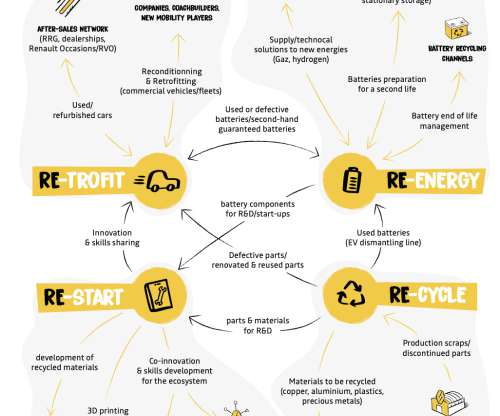Groupe Renault creating first European factory dedicated to the circular economy of mobility in Flins
Green Car Congress
NOVEMBER 26, 2020
The implementation of this industrial and commercial ecosystem will take place gradually between 2021 and 2024, replacing the production of new vehicles. based on the integration of the company’s areas of technical expertise (reconditioning of second-hand vehicles, remanufacturing, recycling, batteries).












Let's personalize your content